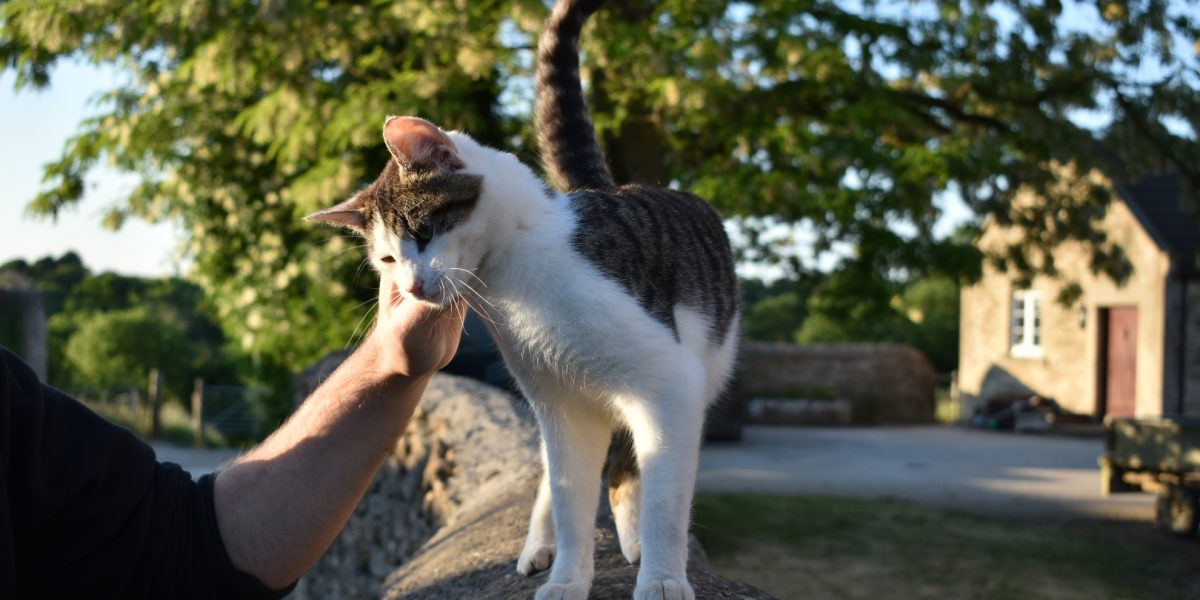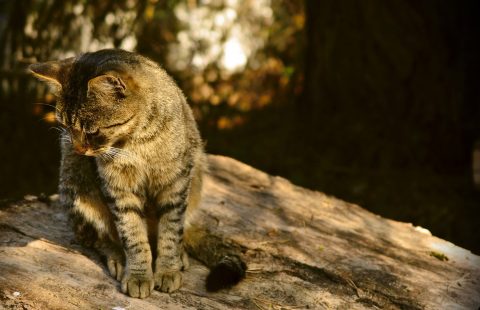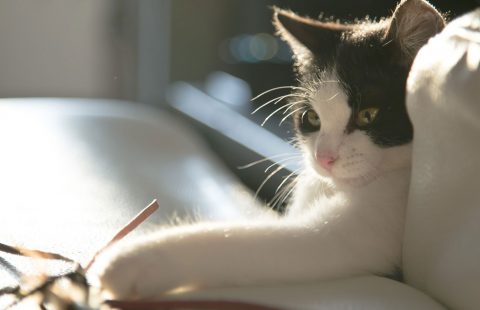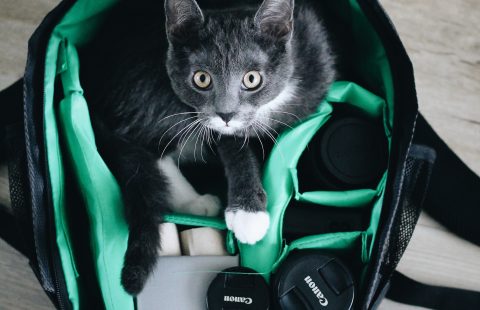This top tip focuses on how best to greet a cat – whether this is your own pet cat or an unknown cat.
We all adore cats and many of us enjoy special interactions with cats in our home or with the cats we care for in our work. We also recognise that cats vary hugely in how much interaction they like from us. To get the very best out of those relationships and to make sure the cat is always comfortable, it’s important our interactions always occur in a cat friendly manner, giving the cat choice and control, after all that’s what cats thrive on!
When thinking about how to greet a cat and invite it to interact with you, it’s always important to remember it is just that, an invitation. The cat should always be given the opportunity to vote with its paws and politely decline the invitation by walking away. Giving a cat such a choice actually means the cat may be more likely to accept future invitations. As it learns you always allow it to remain in control of interactions, it becomes more likely to want to engage in them.
So how should we greet cats in a cat friendly way?
- Make sure our body language is as least threatening as possible. We should make ourselves small by getting down to the cat’s level. If the cat is on ground level, then our greetings are best received when crouching, sitting, or kneeling on the floor.

- Avoid directly facing the cat, look beyond the cat rather than straight at it and blink slowly, as we learnt about in last week’s top tip. Staring tends to create distance between individuals rather than reduce it.
- Make the greeting sound of the cat known as the chirrup – sounds like ‘ppppprrrrrrrppppp’ in an ascending tone and can be made by pushing air through closed lip. This notifies the cat of your friendly intentions.
- Outstretch your hand with a loosely clasped fist towards the cat to offer it a small size part of you to explore. Your loosely clasped fist is about the same size as a cat head and cats tend to greet one another nose to nose. By stretching your arm away from your body, you prevent the urge to reaching further forward when the cat approaches your hand, thus preventing startling.

Now we have our greeting and invitation set up, next let’s see if the cat accepts the invitation. If the cat sniffs our hand, it’s a great sign that they feel confident enough to learn a bit more about us. However, the biggest signal that the cat is likely to be comfortable with being stroked is whether it rubs its face on the hand. If it does, simply stroke or gently scratch the cat a couple of times on the cheeks or under the chin, stop, wait, and observe. The cat will vote with its actions and if it wants more interaction, will likely rub against you again. If not, that cat is telling you that was enough of an interaction at that particular time. By following this pattern of stroking, stopping, waiting, allow the cat to initiate more contact before continuing stroking, we are really demonstrating to the cat our understanding of its language! Top marks for being Cat Friendly!

Cats tend to prefer short and frequent interactions over long-lasting bouts of stroking. However, every cat is different but by using our greeting guide, you can start to discover how much interaction cats in your care prefer. When it comes to greeting cats, less is often more!
To see greeting in action, watch our handling video ‘Approaching a cat’






